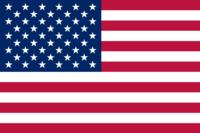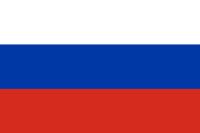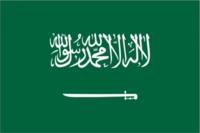
New antifouling coating based on alkyd paint modified with hydrophobic cationic biocide
2024-03-15 08:46
Researchers found that the modification of alkyd-based paints with the hydrophobic cationic biocide PyrC12-DBS leads to a significant increase in the wettability of the coating. The results of scanning electron microscopy (SEM) and energy dispersive X-ray spectroscopy (EDX) studies indicate a high homogeneity of the modified coatings. Infrared spectroscopic analysis revealed hydrogen bonding between the ester groups of the alkyd resin and the pyridinium cations of the PyrC12-DBS.

New water-immiscible cationic biocide 1-dodecylpyridinium dodecylbenzenesulfonate (PyrC12-DBS) has been synthesized and tested as potential antifouling agent for commercial alkyd paint PP-115 (Ukraine). The modified PP-115/PyrC12-DBS coatings containing 8% and 16% (w/w) of PyrC12-DBS were prepared by dissolution directly of the cationic biocide into the PP-115 paint. Once the stainless steel bars were painted, the surface wettability of the coating was found to be significantly increased when modified with cationic biocide. The results of scanning electron microscopy (SEM) and energy-dispersive X-ray spectroscopy (EDX) studies indicate high homogeneity of the modified coatings. Infrared analysis revealed hydrogen bonding between ester groups of alkyd resin and pyridinium cations of PyrC12-DBS.
The plasticizing effect of the cationic biocide on the alkyd binder has also been revealed by differential scanning calorimetry analysis. According to spectrophotometric analysis data, PyrC12-DBS has excellent resistance to leaching from protective coatings into water. Antibiofilm efficiency of PyrC12-DBS was evaluated by assessing the capability of two biofilm-forming model strains, namely Staphylococcus aureus ATCC 25923 and Pseudomonas aeruginosa PA01, to form attached biofilms on the surface coated with modified alkyd paint. A significant decrease in biofilm metabolic activity, as well as in cell biomass, was determined for PP-115/PyrC12-DBS (16%) coatings. The antifouling activity was evaluated by exposure to experimental substrates in freshwater (Dnipro River) for 143 days. The surface of PP-115/PyrC12-DBS (16%) coatings showed an almost 13-fold reduction of total biomass formed by Dreissenidae mussels compared with control substrates. Overall, the obtained data indicate that the contact-active protective coatings based on water-insoluble polymer matrix and water-insoluble cationic biocide may effectively resist biofouling at relatively high biocide content.
The study has been published in Journal of Coatings Technology and Research, Volume 21, Issue 1 , 03 January 2024.
More Hzinfo
- Dr. Zhou Jun: Crafting Superior Expertise for Premium Equipment(Yizumi)
- In 2024, Yizumi Holdings Co., Ltd. (YIZUMI) Die Casting Machine Division celebrated its 20th anniversary. It began as a small team of five and has grown into a thriving group with over 800 employees.
-
2025-07-05
- NORSOK M501 Certification Imminent for Kuangshun Photosensitivity Domestic Heavy-Duty Anticorrosive Coatings Break into Marine Engineering Market
- Kuangshun Photosensitivity announced that its eco-friendly graphene-modified heavy-duty anticorrosive coating has entered the final stage of NORSOK M-501 international certification.
-
2025-07-04
- SONGWON Appoints New Leader Business Unit Tin Intermediates / PVC
- In his new role as Leader of the Tin Intermediates and PVC Business Unit, Choi will oversee the strategic direction and spearhead new business development.
-
2025-07-04


 English
English 简体中文
简体中文 Русский
Русский إنجليزي
إنجليزي